

















Kadir van Lohuizen's photo essay on rising sea levels in the pacific island of Kiribati was recently published in the National Geographic magazine.

In January 2015, Kadir van Lohuizen travelled to the eastern part of the Democratic Republic of Congo where he visited the Tuwakinge Watoto Namatokeo Ya Vita (Lets protect the children from the consequences of war) project. This project was initiated in South-Kivu by War Child and ECHO (the humanitarian division of the European Commission) to support children and young people affected by war in this region. In the accompanying essay, Kadir provides insight into his experience working with NGOs.
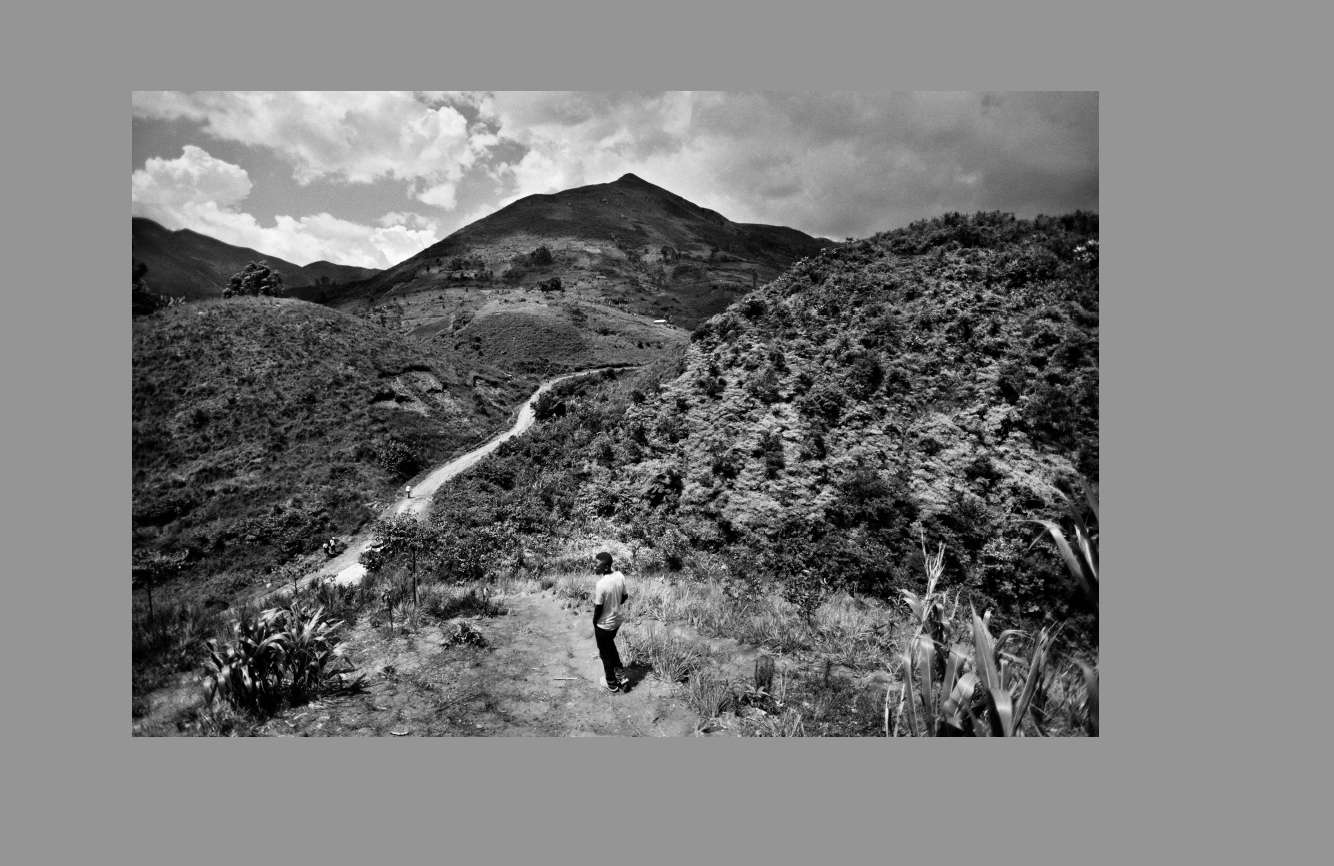

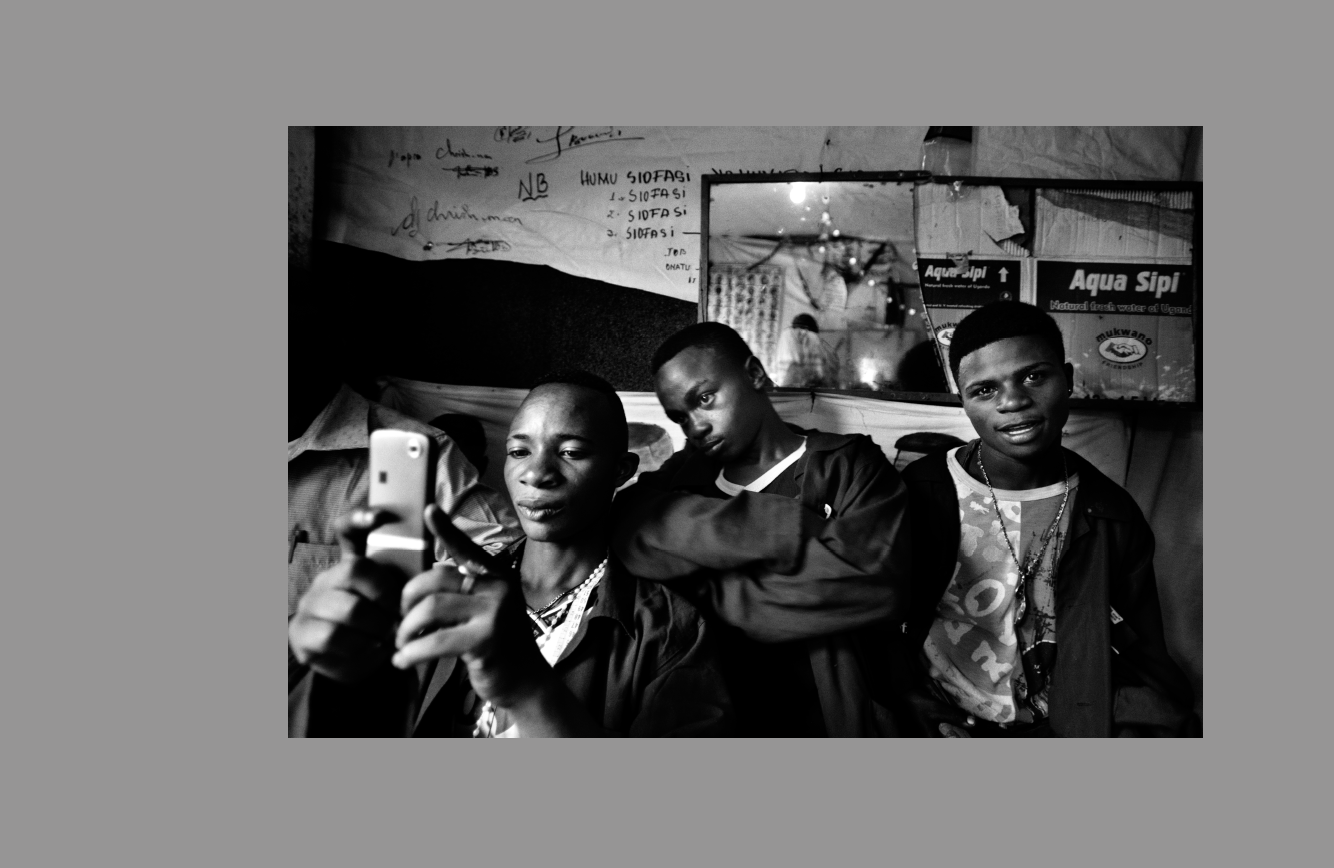
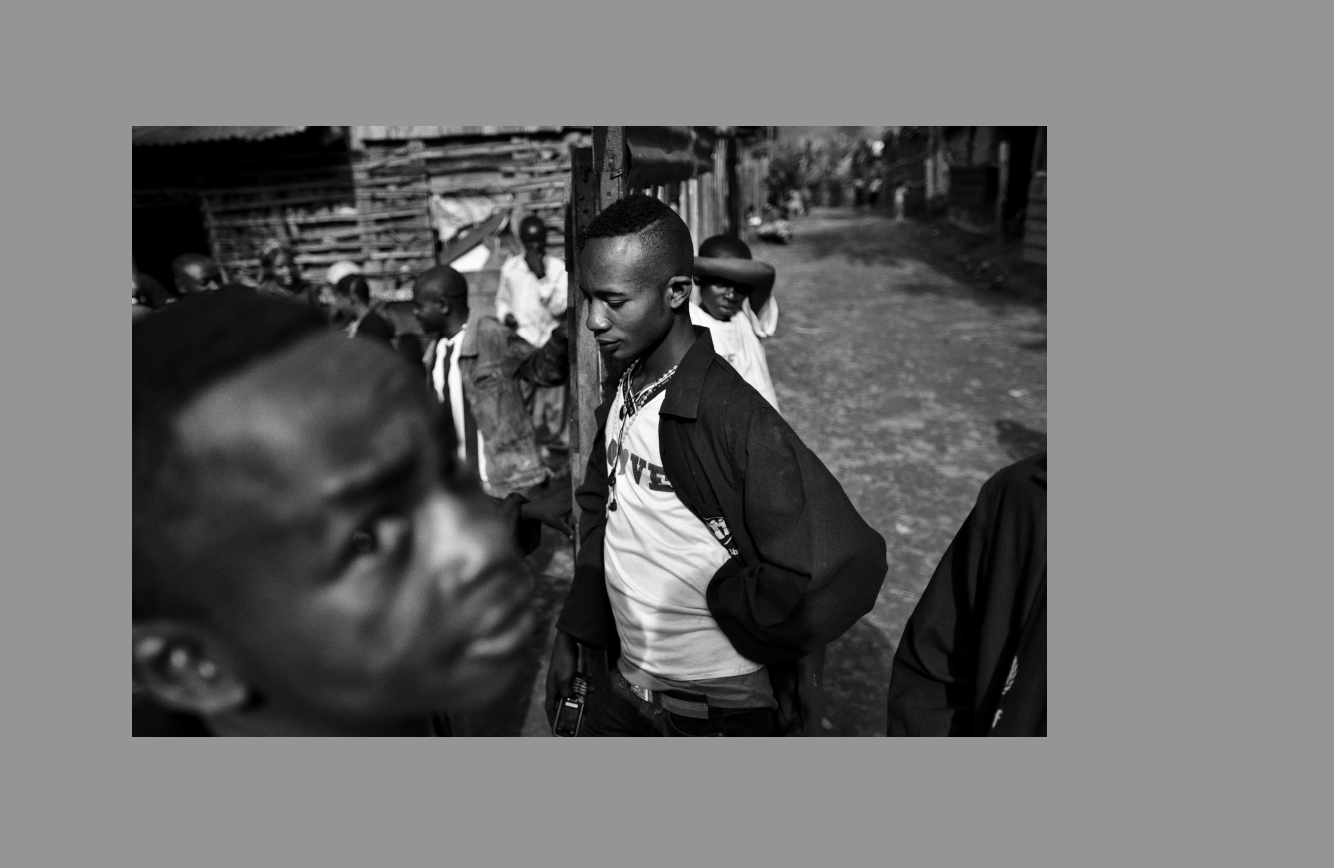
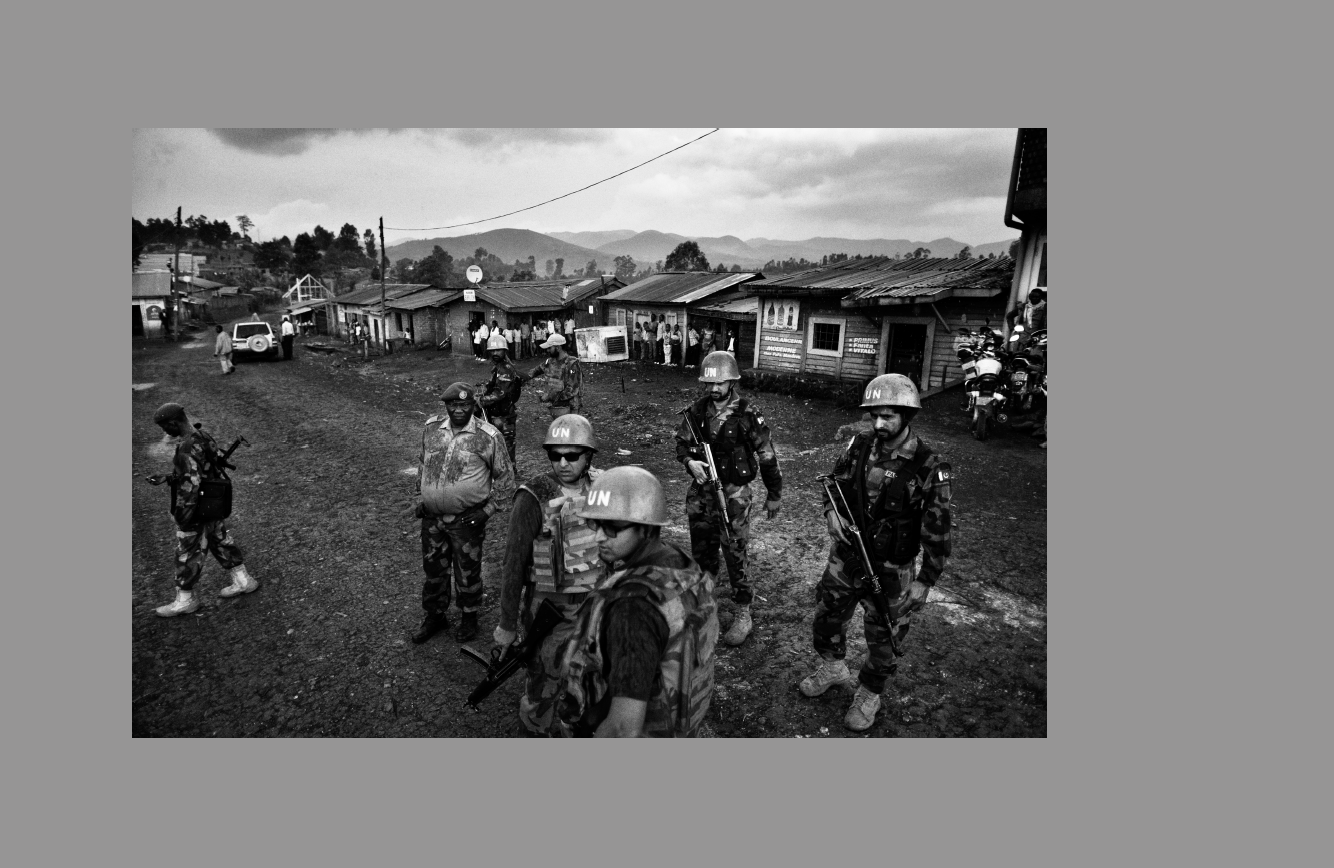

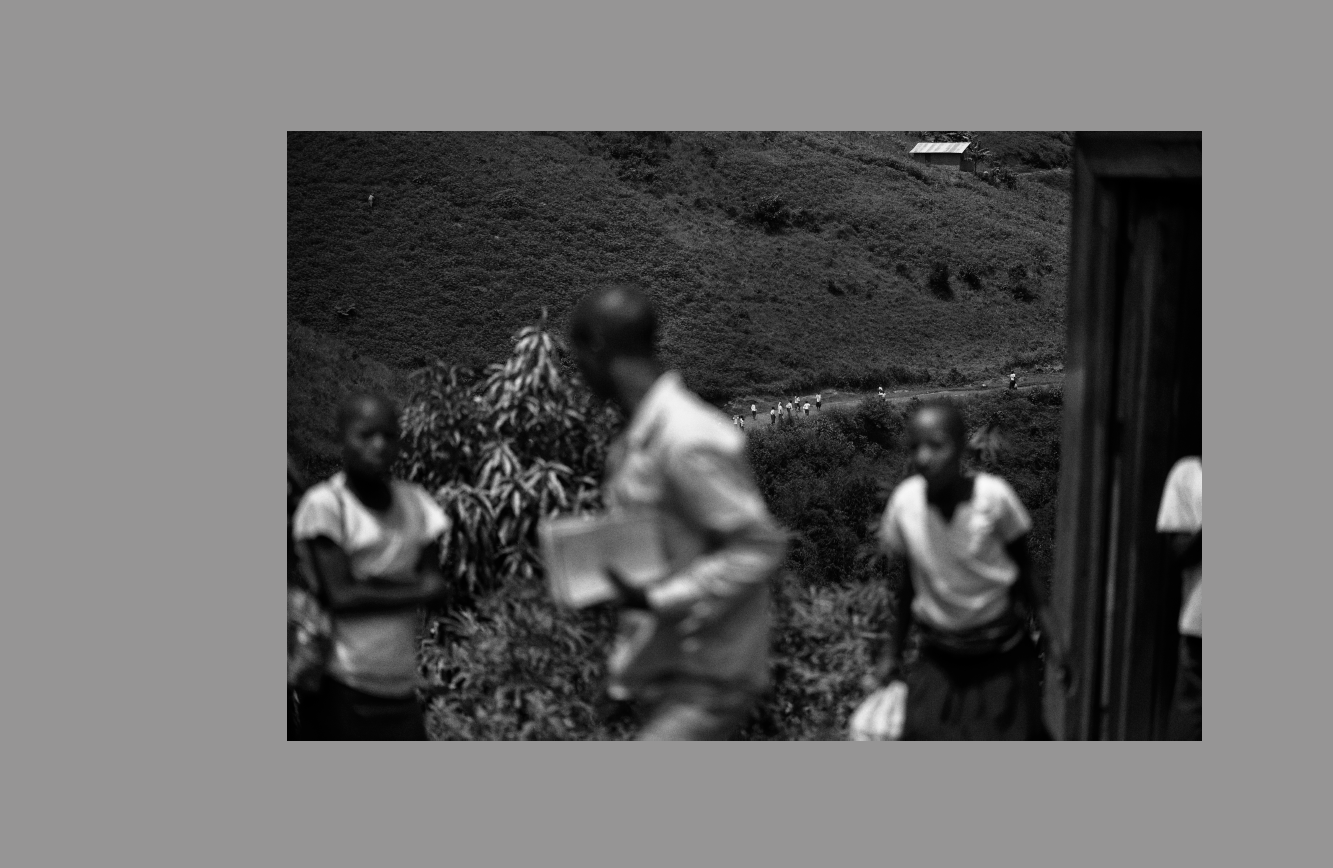
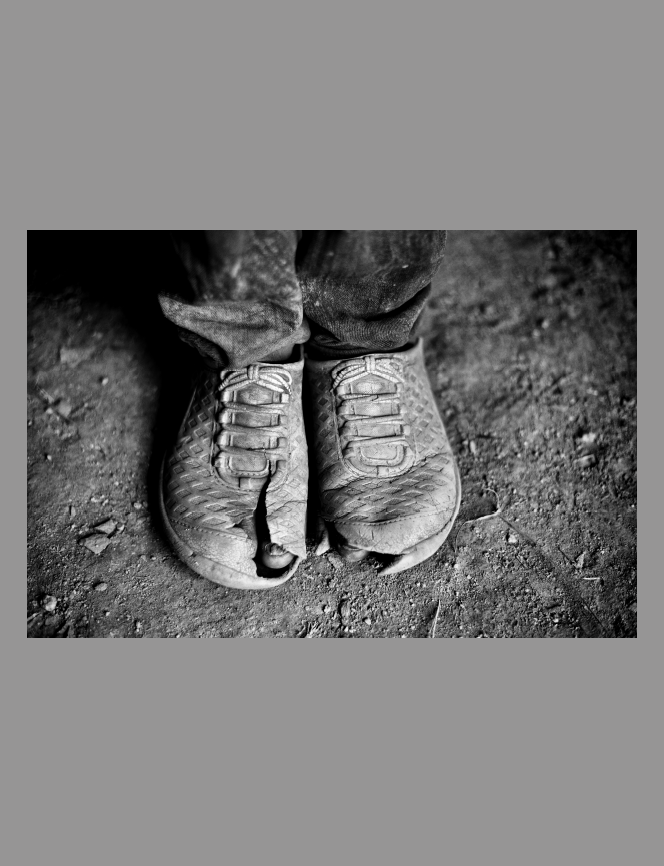

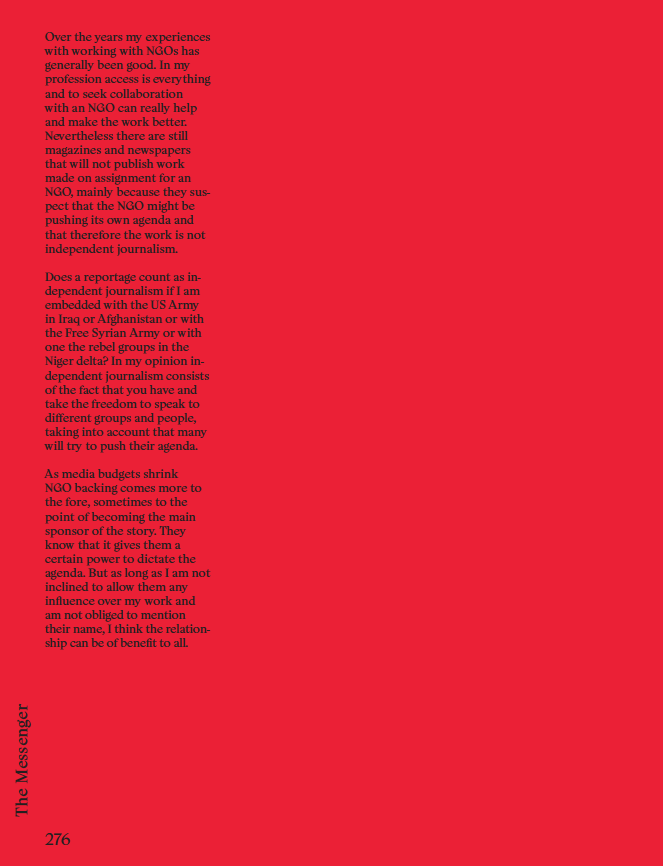
NOOR Group Photo, May 2015. From left: Asim Rafiqui, Pep Bonet, Kadir van Lohuizen, Benedicte Kurzen, Sebastian Liste, Jon Lowenstein, Francesco Zizola, Andrea Bruce, Nina Berman, Stanley Greene, Alixandra Fazzina.
As HOST program guests of the Italian festival Fotografia Europea 2015, NOOR photographers visited the beautiful town of Reggio Emilia to lead workshops, present a screening and discussion evening, and open their group exhibition, "A NOOR journal on the changing planet, 2009-2015."
The exhibition, curated by Laura Serani, brings together years of work on climate change and environmental issues around the globe and is on view at the Chiostri di San Pietro until 26 July.
In the days leading up to the festival's official opening, NOOR photographers Stanley Greene, Jon Lowenstein, Sebastian Liste, Andrea Bruce, and Asim Rafiqui guided practical and theoretical workshops in documentary photography. To see a video of the work participants shot during the workshop see here.
Stanley, Jon, Sebastian and Andrea's workshop participants worked on a shooting assignment covering local food and wine production in the region. One group visited a Parmigiano-Reggiano maturation room in Reggio Emilia.
The festival HOST program (a project by aBcM) came to a close with NOOR Night, featuring an evening of screenings and discussions with NOOR photographers and moderated by Lars Boering, Director of the World Press Photo. The topic of the evening was "Change: How to Achieve It."
Following the festival, NOOR members stayed in Reggio Emilia where they held their 8th Annual General Meeting. At the Annual General Meeting, NOOR photographers and staff evaluate agency and foundation activities, and plan how to continue NOOR’s mission in coming years.
All photos by Francesca Pradella
Matic Zorman (Slovenia) shares his work with Majlend Bramo (Albania). Photo: Kamerades
Editing and visual storytelling were central to the NOOR-Nikon Masterclass in Belgrade. Before meeting together, all fifteen participants shot and edited an assignment on the theme ‘Remains.’ This work went under the microscope for serious editing by both peers and the tutors throughout the week. The NOOR photographers also shared their own experiences, struggles and strategies for putting together good edits for different purposes.
After each participant had a one-on-one portfolio review with each tutor, we sat down for a little recap. Andrea, Stanley and Kadir gave the participants feedback that they needed to work on their sequencing and push deeper into the story. Andrea told the participants, “A story has to be about more than just a topic, it also needs to be about an emotion. Make sure you use your tools to portray a feeling, not just the subject.”
Kadir added, “When you work as a documentary photographer, you are also an author, editor and producer.” He explained that a lot of photographers focus their time and effort on shooting and don’t pay enough attention to sequencing and captioning. As much as possible, Kadir spends about equal time shooting as he does prepping the files and putting together the story selection and sequence. He encouraged the participants to “Challenge your viewer – for instance, maybe you don’t want to use an establishing shot to start your sequence.”
Over our days together in Belgrade, all of the NOOR photographers pulled back the curtain on their practice to show participants what kinds of preparations they do, questions they ask themselves and challenges they face. For instance, Kadir also took the participants through an a-z, shooting to publication process for a recent story. He discussed working with the NGO on the ground, how the access and lighting conditions shaped his shooting approach, then walked us through the different selects he made for the NGO partner, versus his select as for pitching the story for the editorial market – eventually showing us what was published.
Stanley showed an unpublished recent series of work, which he was frank about his struggle with the edit and sharing the work. He encouraged participants to “Share your work with your trusted colleagues. If you stay to close to your work you can stagnate. Along with being a support system, your colleagues can help give you fresh perspective.”
- Asmara Pelupessy, Associate Editor, NOOR
Throughout the workshop week, NOOR photographers and the Masterclass participants tackled the learning goals laid out in the first day through one on one portfolio reviews, group editing sessions, diverse presentations and lots of great discussions that continued through all hours of the days and nights. Some highlights compiled by NOOR’s Associate Editor, Asmara Pelupessy:
Masterclass participants and NOOR team outside of our home base for the week - the workshop venue UK Parobrod.
ON ASSIGNMENT
NOOR photographer Andrea Bruce presented some of the work she shot on assignment for The New York Times.
To become a regular contributor for a major publication such as The New York Times, Andrea recommended to the participants that they should:
- Be reliable
- Be low maintenance, don’t make things complicated
- Don’t complain
- Be a team player, work together with the reporter
- Bring something to the table with their photography that goes beyond the obvious, beyond what is offered by wire services
Reacting also to some of the challenges the participants faced shooting their ‘Remains’ stories for the Masterclass – NOOR photographer Kadir van Lohuizen emphasized, “Not having enough time for an assignment is never an excuse. An editor doesn’t care.”
Andrea pointed out that you can utilize shorter assignments to create a larger project or body of work - “Just because an assignment is quick doesn’t mean you can’t go back to it on your own or with another paper. You can make use of the fact that this gives you a start on a story, or you can use the work to apply for grant funding to do more follow-up work.”
LOGISTICS
Before landing in a new country or city for a story, Andrea prepares all her logistics so they are ready by the time she arrives – fixer, translator, transportation, etc. She suggested that participants might hire a fixer for a half day at first to see if they make a good team and emphasized that photographers must take the responsibility to protect the safety of their fixers and translators.
WAIT IT OUT
When it comes to shooting, Andrea said, “I can’t stress enough to get up before sunrise.” To catch good light she usually shoots at the beginning and end of the day and works with the writer on interviews during the middle of the day. She encouraged the participants to “wait it out - stay longer than you want to in order to wait for good photos, especially if the light is good.”
COVERING CONFLICT
Knowing the experience of the Masterclass tutors, throughout the week, participants had a lot of questions about covering conflict. After NOOR photographer Stanley Greene’s presentation of some of his most impactful stories this topic took center stage.
On the practical side – though seemingly mundane Stanley emphasized the absolutely essential - “Never try to do a story unless you understand your equipment up and down.” Andrea reiterated, “Learn the basics of how to work your camera and do a story now, before going to the field. Its extremely dangerous if you are working in a conflict zone and you struggle with your equipment or get wrapped up in logistics - you can lose awareness of your surroundings.” She also shared that she wished she saw more women covering conflict. "Sometimes I feel very alone. As a female photojournalist we have unique access to cover the other half of the story - women.”
While NOOR’s photographers have committed themselves to cover untold stories, they do not romanticize war photography. As Kadir wrapped it up, “There is not a single image worth dying for.” Through the Masterclass, Andrea, Stanley and Kadir talked about how they work to broaden our view on conflict by capturing daily, civilian life as it continues through war and also covering conflict’s aftermath and consequences.